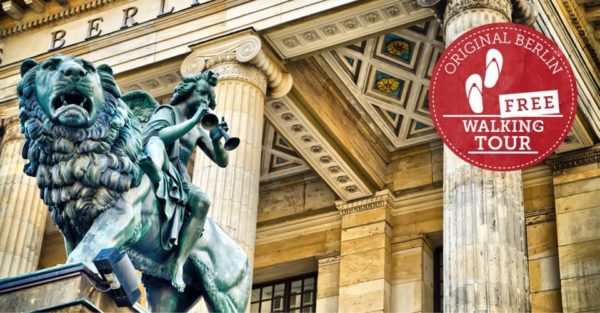Before going through the paper, to plunge into the history of the Berlin Wall, it is vital to understand certain basic facts that precipitated the construction of the Wall. The famous sign of the Cold War was a 43 kilometers long concrete barrier that divided the city of Berlin from August 13, 1961, to November 9, 1989. Its construction was a product of political tensions and power struggles between the two opposing ideologies of the era: capitalism and communism. In this article, the reader will learn about the causes of construction of the Berlin Wall and its effects on the global society.
The Cold War and Berlin
The basis of the building of the Berlin Wall can be traced to after the Second World War when Germany was split into the four occupation zones controlled by United States, United Kingdom, France and the USSR. Berlin too was divided under the four occupying powers, with Soviet zone in its control. However, certain conflicts are quality when there ideological differences that emerged between the Soviets and the western powers.
In 1949 the USSR signed the creating the German Democratic Republic or East Germany and set up a highly socialist system. At the same time, the western allied powers sought for the creation of so called ‘Federal Republic of Germany ‘also known as the West Germany which had capitalist structures. Comparing these two opposite systems, East Germany and West Berlin, the latter became a hot spot of confrontation.
Mass emigration or often referred to or the Brain Drain is also another form.
During the years after the WWII, immigration of East Germans to West Berlin and Western part of Germany increased considerably due to better opportunity for employment under the so called, free world. This exodus of people popularly known as brain drain posed problems to the East German leadership. They panicked for skilled man power and other intellectuals who were very essential in the day to day running and continued existence of their regime.
To this problem, the GDR government subsequently endeavored to stem the flow of the population out of the country. They set up higher standards and measures that have already confined limited freedom of movement and reinforced barriers at borders. The introduction of these measures however failed to slow the rate or flow of migration.
The Creation of the Berlin Wall
In the face of this influx, East Germany began the construction of the wall in the early morning of August 13, 1961 during one of the measures aimed at replenishing the East Germany economy. This barrier was at first of barb wire followed by concrete at the boundary of the city of Berlin, partitioning between east and west. The wall ran for 156 kilometers (97 miles) and comprised of gates located: heavily-guarded crossings called Checkpoint Charlie.
Deep reasons behind the construction of this Berlin Wall, even if the official explanation given by the East German government was that East Germany needed it to protect against ideological infiltration and maintain economic integrity. Increase in defection was the major reason for construction of the Berlin Wall to ensure that the East Germans did not cross to the western part. Moreover, where it sought to demonstrate the efficiency of the socialist system like keeping its citizens there only within its geographical borders.
The Impact and Legacy
The building of the barrier around West Berlin had consequences in the everyday lives of Berlin’s citizens as well as the rest of the world. People was separated with their families, friends and lost their jobs, homes etc. The wall was then associated with restriction and censorship that is typical to social dictatorships.
Globally, the construction of the Berlin Wall symbolized division between the capitalist western democracies, and the communism eastern societies. No other organization could have been characteristic of the Cold War period as this one was indicative of tensions and ideological struggle. This wall also become a representation of lessons that come with the division and denial of rights in political divisions.
The Fall of the Berlin Wall
After almost three decades of separation and struggles, the Berlin Wall fell on November 9, 1989. The event was triggered by a series of peaceful protests and a gradual shift in political power in East Germany. The fall of the wall marked a significant turning point in history, symbolizing the end of the Cold War and the victory of freedom over oppression.
In conclusion, the Berlin Wall was built as a result of the ideological divide between communism and capitalism and the East German government’s desire to control the movement of its citizens. Its construction aimed to prevent mass migration and assert the strength of the socialist system. However, the wall ultimately became a symbol of repression, leading to its eventual fall and the reunification of Berlin.


